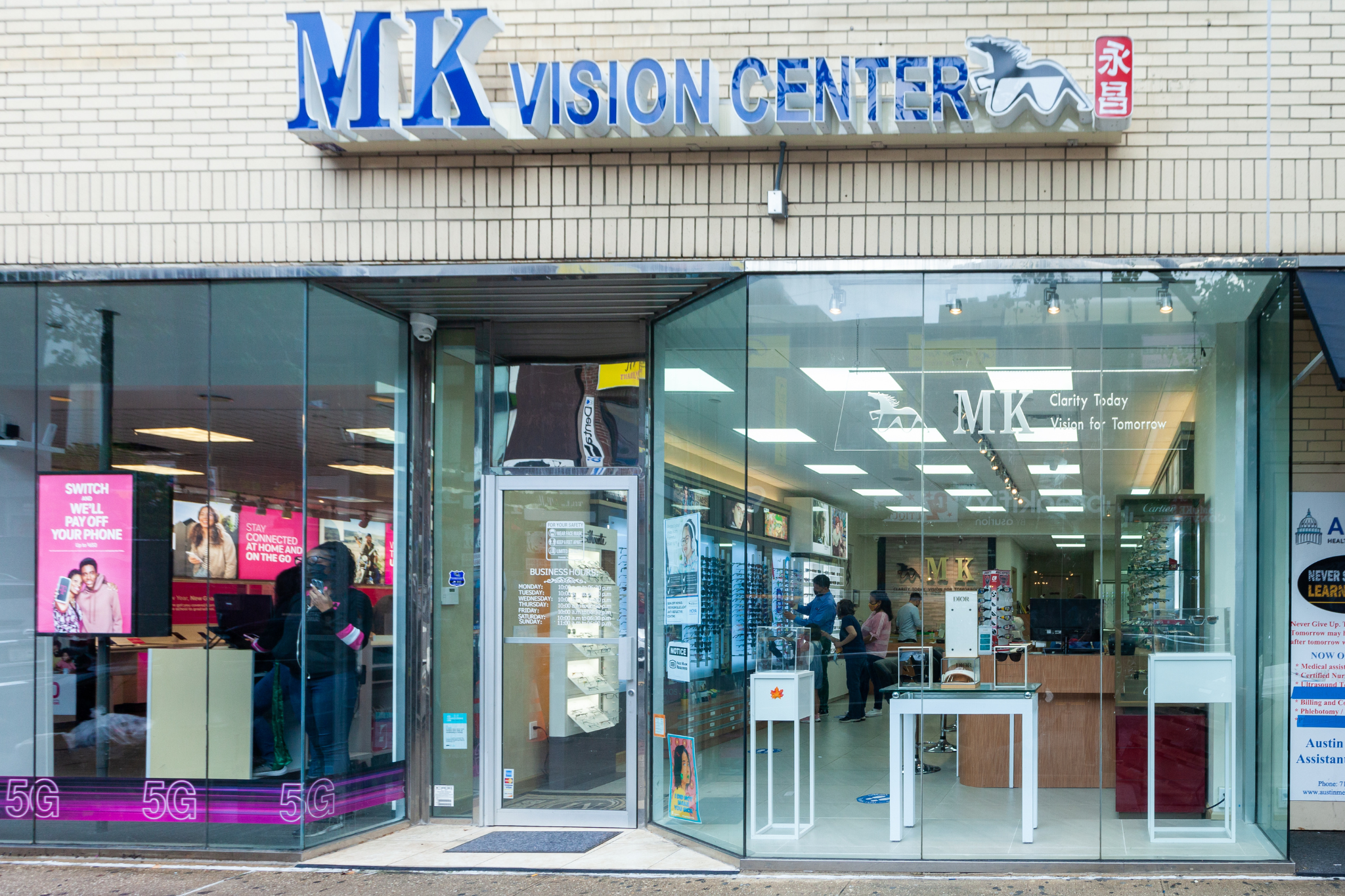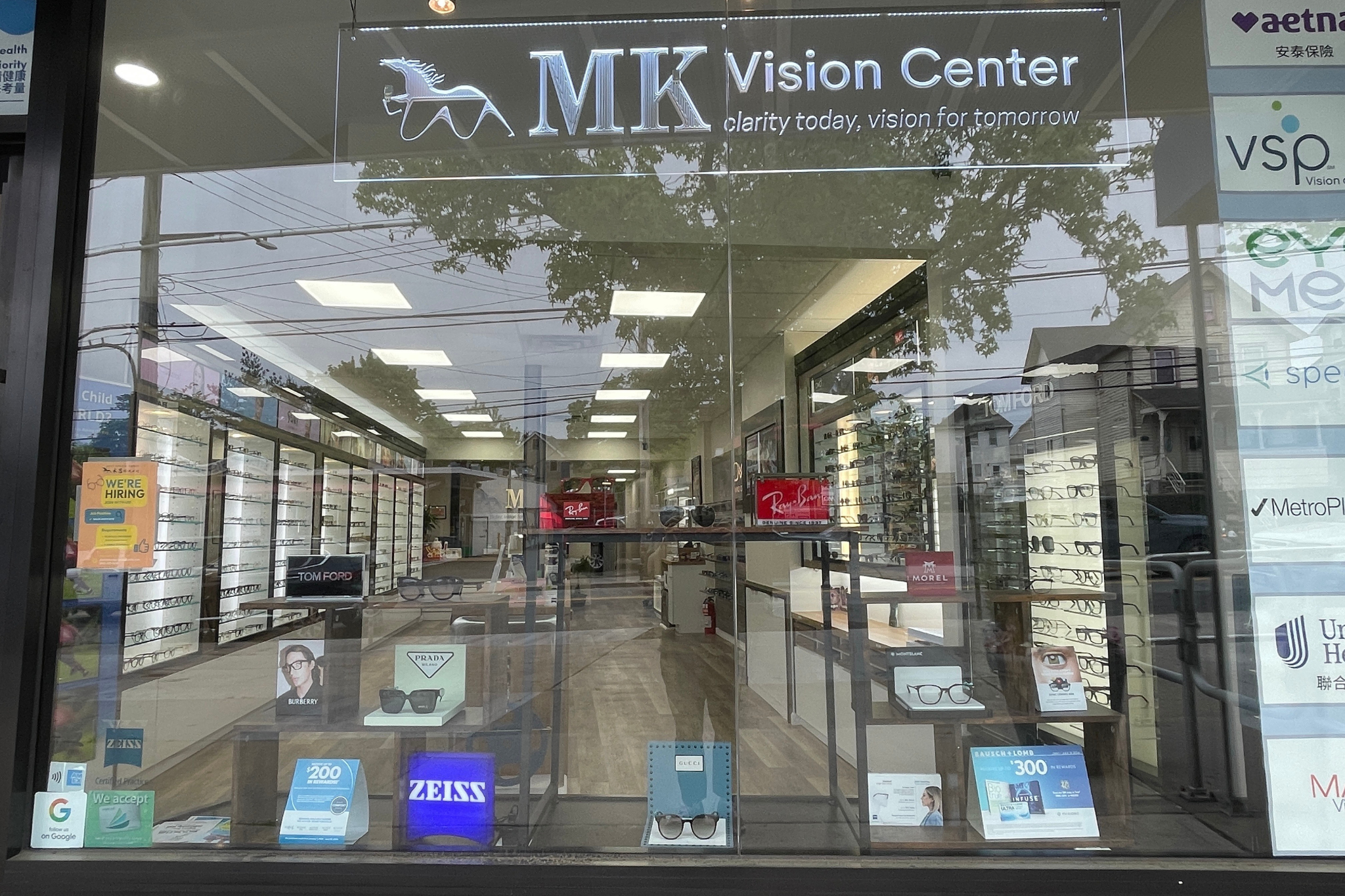Three Scary Eye Diseases an Optometrist Can Detect

Our eyes are vulnerable to various diseases and conditions that can have a profound impact on our vision and overall health. Optometrists are highly trained professionals who play a crucial role in detecting and managing eye diseases. In this blog post, we will explore three scary eye diseases that optometrists can detect early, potentially saving your vision and ensuring your eye health.

1. Glaucoma: The Silent Thief of Sight
Glaucoma is often referred to as the "silent thief of sight" because it typically progresses slowly and without noticeable symptoms until significant vision loss occurs. This condition is characterized by increased pressure within the eye, which damages the optic nerve responsible for transmitting visual information to the brain. Optometrists can detect glaucoma through regular eye exams, during which they measure intraocular pressure and assess the health of the optic nerve.
The air puff test that your optometrist or optical technicians perform may be the most uncomfortable part of the exam but it does keep this silent thief at bay.

2. Age-Related Macular Degeneration (AMD): Vision's Worst Nightmare
Age-related macular degeneration (AMD) is a progressive eye disease that primarily affects older adults and is one of the leading causes of blindness worldwide. It occurs when the macula, the central part of the retina responsible for sharp central vision, deteriorates. The two main types of AMD are "dry" and "wet" AMD, with the latter being more severe.
Optometrists can identify early signs of AMD during routine eye exams by examining the retina and macula for abnormalities, such as drusen (tiny yellow deposits) or abnormal blood vessels. Early diagnosis is crucial, as treatments such as anti-VEGF injections can slow down the progression of wet AMD. For dry AMD, optometrists may recommend lifestyle changes, dietary supplements, and monitoring to prevent further vision loss.
The optometrist or optical technician will take pictures of your eye during the exam using a fundas camera and see if you have this issue.

3. Diabetic Retinopathy: A Complication of Diabetes
Diabetic retinopathy is a potentially blinding complication of diabetes that affects the blood vessels in the retina. High blood sugar levels can damage these delicate blood vessels, leading to leakage or abnormal growth. In the early stages, diabetic retinopathy may not cause noticeable symptoms, making regular eye exams essential for individuals with diabetes.
Optometrists can detect diabetic retinopathy by examining the retina and identifying signs such as microaneurysms, hemorrhages, or swelling. Managing blood sugar levels, blood pressure, and cholesterol is crucial in preventing or slowing the progression of diabetic retinopathy. In some cases, laser therapy or injections may be necessary to treat advanced stages of the disease. Early detection and timely intervention can help preserve vision and prevent severe complications.
One of the scariest things in life is losing your sight. Optometrists play a vital role in detecting and managing scary eye diseases like glaucoma, age-related macular degeneration, and diabetic retinopathy. Regular eye exams, especially for those at higher risk, are essential for early detection and timely intervention. By partnering with optometrists and taking proactive steps to care for our eye health, we can reduce the fear associated with these eye diseases and ensure a clearer and brighter future for our vision.



















Leave a comment